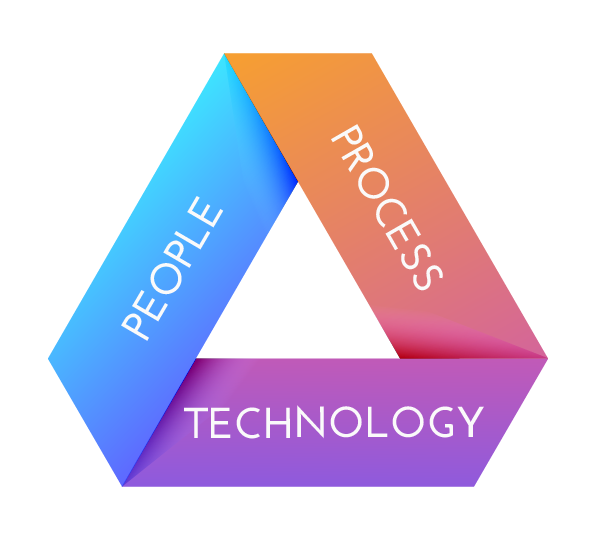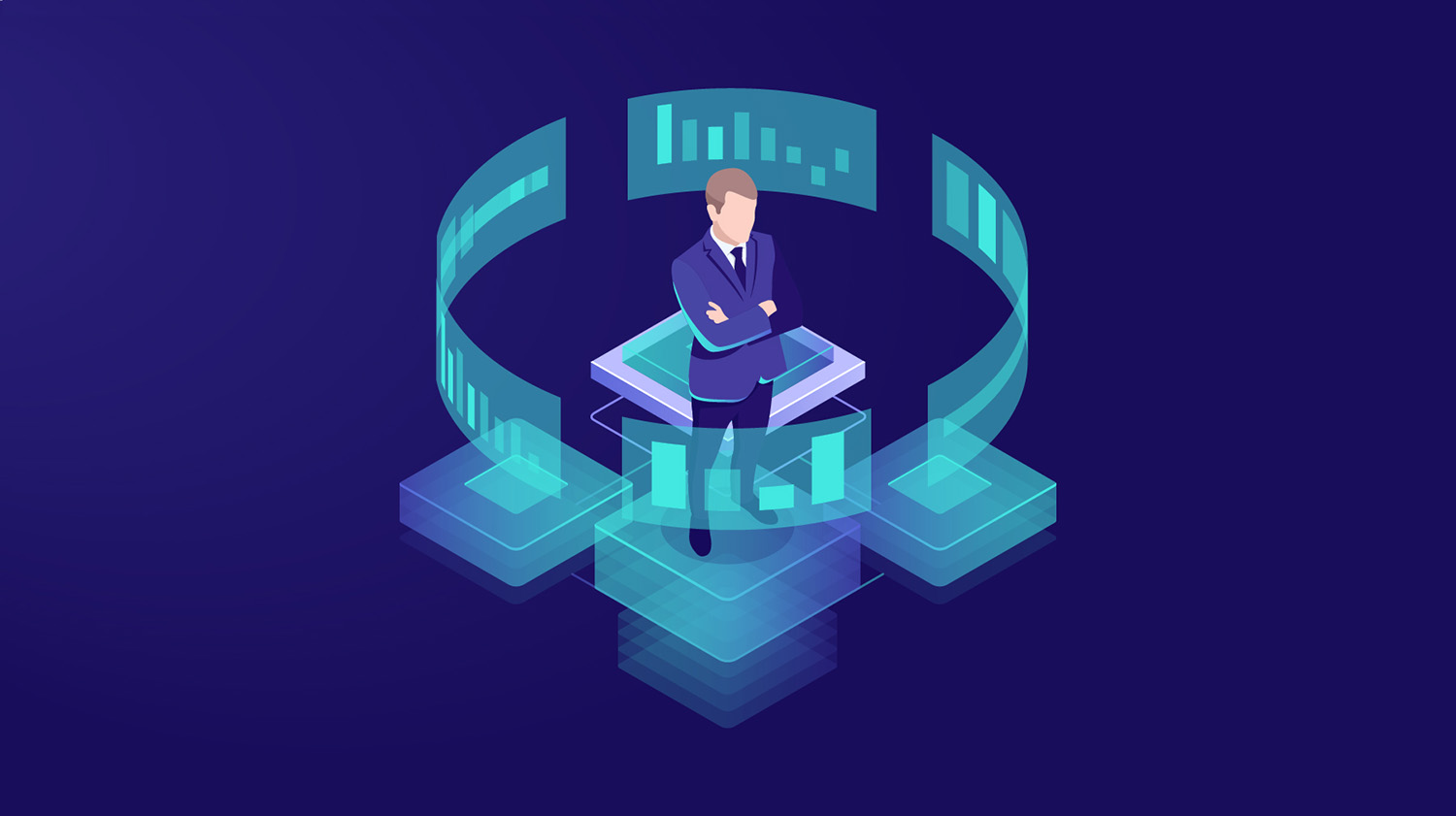What is Cybersecurity?
Cyber Security deals with protecting the integrity of an organization’s computer systems and its components. Cybersecurity experts focus on safeguarding an organizations data against any unauthorized attacks, access or damages. Data centers, websites, programmes, servers or even accounts are liable to be exploited through a cyber-attack.
Most well-informed organizations realize that cybersecurity is a critical business issue and a cyberattack can cause substantial damages. Essentially cybersecurity pertains to protecting information and systems from cyberthreats. The rise of technology has opened new avenues for cybersecurity, unfortunately, these advancements help the adversaries as well.
The common threats
These are some of the common and well-known cyberthreats to be aware of.
- Phishing
It uses false claims to steal information, like passwords, credit card details, etc. A phishing attack poses as a legitimate email, SMS, Instant Message or website from an organization you are acquainted with.
- Network intrusion
This is unauthorized activity on a computer network from an external source. Intrusions not only consume bandwidth; they also cause harm by stealing data.
- Ransomware
It will either lock your computer to prevent access or threaten to make sensitive files public. Hackers will promise to unlock your system when a ransom is paid.
- Rootkit
It’s a program that allows hackers to conceal other malware like spyware and viruses on your computer.
- Spyware/adware
It can be installed on your computer without your knowledge when you open attachments, click or download malicious links or software. It then surveils your computer activity and gathers personal information.
- Malware
Malware is a broad term used to describe any file or program intended to harm a computer and encompasses Trojans, social engineering, worms, viruses, and spyware.
- Trojans
It gets its name from the Trojan horse of antiquity, trojans are malicious programs in disguise. They don’t duplicate but they create a backdoor that gives hackers access and control over your computer.
- Virus
It’s malicious software that replicates itself when activated so it can spread to other computers and files.
- Zero-day exploits
This is a weakness that has not been discovered by software or security vendors. It can be exploited until it is detected and fixed when it stops being zero-day.
- DDoS (distributed denial-of-service) attack
A DDoS attack attempts to disrupt normal web traffic and take a site offline by flooding a system, server or network with more requests than it can handle.
- Sequel Injection
A Structured Query Language (SQL) injection occurs when an attacker inserts malicious code into a server that uses SQL. A Successful SQL attack will make a server provide access to the data or modify the data.
- MITM (man-in-the-middle) attack
A MITM attack occurs when a hacker puts themselves between the communications of a client (device) and a server. MITM attacks generally happen when a user logs on to an insecure public Wi-Fi network.
The Three Pillars of Data Security

Regardless of whether you’re a small or large organization, it’s important to ensure that your people, processes, and technology are all aligned. Failure to consolidate and align operations across all three pillars leads to your organization is vulnerable.
- People
The first point of action with ‘People’ is to educate them about cybersecurity and cyberthreats, and its consequences. Employees need to be aware of their role in preventing and reducing any cyber threats and attacks – whether it’s handling sensitive data, understanding how to spot phishing emails. An effective cybersecurity training will give them a basic understanding of how to keep themselves, other people, the data and systems they have access to safe. Whichever level you or your employee is at the cybersecurity awareness training should give everyone a clear understanding.
Secondly, cybersecurity experts need to be fully up to date with the latest skills and qualifications to ensure that appropriate controls, technologies, and practices are implemented to fight the latest cyber threats.
- Process
Processes, i.e, company policies, security protocols, etc., are crucial in communicating the organization’s cybersecurity stance. Most organizations have processes in place but how many employees know what they are? Processes that are not implemented or lack of it altogether, lead to mayhem.
Processes should also clearly define roles and responsibilities and specify the procedure to follow when, for example, reporting a suspicious email. Processes also require constant review; cyber threats change quickly, and processes need to keep up to adapt to them.
- Technology
Devices we use daily are enabled by Internet of Things (IoT). So, your data is being passed back and forth to servers over the internet based your user habits, often unknowingly.
Technology is essential and critical when it comes to cybersecurity. Organizational measures are essential as much as technical controls. From access controls to installing antivirus software, technology can be utilized to forestall cyber risks and damage.
Elements of Cybersecurity
The weaknesses of human interactions with the information systems can be easily exploited to launch a severe cyber-attack. In this era of technology, an organization needs to have a proper cybersecurity team who can look-over any latest cyber-threats and plan to deal with them on time.
- Application security
Applications are mainly concerned with controlling the utilization of resources given to them. The specific use of resources is decided by the application users via application security.
Application security tackles threats by identifying the potential threats, enhancing the security of the application, network or host, and embedding security within the software development process.
- Network Security
Network security refers to a set of comprehensive security policies and provisions appointed proactively by a network administrator to observe and prevent unauthorized access, deliberate misuse, denial of service for a computer host and another network accessible and interaction related resources.
Users are allotted ID and password or another form of authentication checks to distinguish their authority and the consequent use of the authorized domain.
- Business continuity planning
Business continuity planning (BCP) refers to being prepared for interference or cyber threat by identifying any upcoming threats to the organization and analyzing how the systems and information may be affected and find solutions to it.
- End-user education
Human error is one of the biggest causes that lead to data breaches. It is essential to train employees of your organization about cybersecurity and how to prevent phishing attacks through emails and links they may come across. Recurrent end-user education and inspections are important to ascertain the organizational weaknesses, system vulnerabilities and security inconsistencies to the user.
- Leadership commitment
Top-level leaders or the management team of an organization must fund the cybersecurity measures to make it useful and successful.
With the support of leadership, an organization will be able to improve the investment in technology, resources, and skills required to have effective cybersecurity processes.
Why is Cybersecurity required?
Cybercrime is at an all-time high, and incidents can easily take months to be discovered – often by a third party. For example, APTs (advanced persistent threats) use constant hacking techniques to gain access to a computer system and can go unnoticed for months before being detected.
- Cyber-attacks are becoming gradually more sophisticated
With virtually limitless resources and barely any legal consequences, cybercriminals are now working towards initiating persistent cyber-attacks.
- Cyber-attacks are thriving on profit
Cyber attackers usually seek some type of benefit and will use various techniques, tools, and technology to meet their goals. Although the financial gain is a common motivation, they may also be driven by political, ethical, intellectual or social incentives.
The rise of cyber crimes
Cyberattacks are more persistent in 2019 than ever before. In the recent years, cyberattacks include banking malware, bitcoin wallet stealers, ransomware, PoS attacks, to name a few. The methods and magnitude of cyberattacks increases each year with the rise of new technology and the criminal hackers expanding their knowledge.
With the rapid increase in cybercrime, it is necessary that cyber security professionals keep up with the development and adapt to mitigate and bounce back from these attacks.
The consequences of a cyber attack
Here are a few consequences of a cyber-attack;
- Reputation
Most businesses may not comprehend the reputational damage an attack can have on their business, especially if their data is stolen.
- Financial
Even if you do not pay cybercriminals you may well experience business downtime which will lead to financial loss.
- Downtime
If you become a victim to a cyber-attack you are more than likely to experience business downtime.
- Legal
If you do not have the correct security and data protection regulations and policies in place you may be violating legal implications.
An elaborate and multibranched approach to your cybersecurity is the key. Although you cannot gain a well-rounded protection against the evolving and persistent threats, at least you can be prepared by educating your employees, applying a multi-layered security approach and always being on the lookout for suspicious activity.
How to protect against a cyber attack
The best & effective strategy to mitigate and minimize the effects of a cyber-attack is to build a solid foundation upon which to grow your cybersecurity technology deck. Solution providers generally tell organizations that their applications will work seamlessly with the current IT infrastructure, and majorly this is correct.
However, errors arise when a need to add IT security solutions from different manufacturers arises – technology gaps will always appear. These often appear for one simple reason: developers tend to always keep a part of their code proprietary.
It is through these gaps that weaknesses tend to appear, which criminal hackers can exploit. A well-built cybersecurity foundation will help to bridge these gaps and mitigate the risk of an attack, enabling the organization to build a sturdy future-proof cybersecurity strategy.
We’re here to help you with your organization’s cybersecurity needs. We can help you create a future- proof cybersecurity strategy to protect you and your organization any cyber risks, attacks and damages. Please get in touch with us either via email: hello@r2stech.co.uk or by secure online form.
